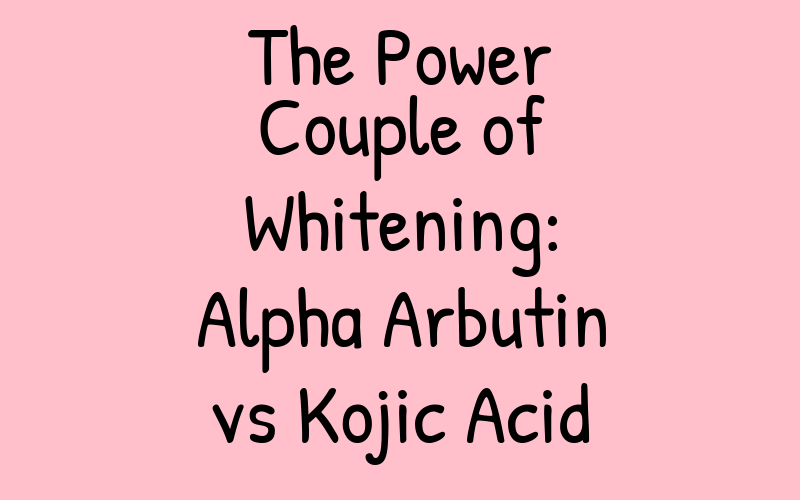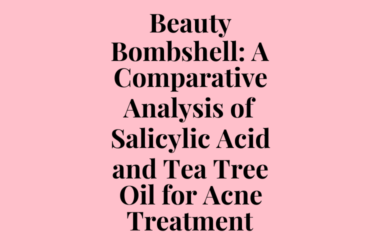Table of Contents
The Power Couple of Whitening: Alpha Arbutin vs Kojic Acid
The quest for a brighter, smoother, and more even-toned complexion is a universal desire for many of us. To achieve this, we often turn to the world of skincare, where a multitude of products and ingredients claim to deliver on this promise. Among the many alpha-hydroxy acids (AHAs) and beta-hydroxy acids (BHAs) that promise to whiten and brighten, two ingredients stand out as the most effective and popular: alpha arbutin and kojic acid. In this article, we’ll delve into the world of alpha arbutin and kojic acid, exploring their unique properties, benefits, and differences.
Alpha Arbutin: The Gentle yet Effective Whiter
Alpha arbutin, a naturally occurring compound found in bearberry (Arctostaphylos uva ursi), is a gentler alternative to its chemical sibling kojic acid. Despite its milder formula, alpha arbutin is no less potent, with numerous studies demonstrating its efficacy in reducing hyperpigmentation, improving skin brightness, and soothing sensitive skin. Its unique mechanism of action involves inhibiting the enzyme tyrosinase, which is responsible for the formation of melanin, the pigment responsible for our skin’s color.
Kojic Acid: The Powered House of Whitening
Kojic acid, on the other hand, is a Japanese fungus-derived compound that has been used for centuries in traditional medicine to treat a range of skin conditions. Its potent properties have made it a staple in many cosmetic products, particularly those focused on whitening and brightening. Kojic acid’s whitening effects are attributed to its ability to inhibit the production of melanin, thereby reducing the appearance of dark spots, freckles, and other forms of hyperpigmentation. However, its intense potency can sometimes lead to skin irritation, making it less suitable for sensitive skin types.
Key Differences: Alpha Arbutin vs Kojic Acid
While both alpha arbutin and kojic acid share similarities in their whitening and brightening properties, there are significant differences between the two. Alpha arbutin is generally considered gentler and more suitable for sensitive skin, whereas kojic acid is more potent but can be harsh on sensitive skin. Additionally, alpha arbutin is readily absorbed into the skin, making it more effective for long-term results, whereas kojic acid can cause temporary irritations. Lastly, alpha arbutin is less likely to cause the initial purging phase, whereas kojic acid can trigger an intense initial period of peeling and exfoliation.
Conclusion
In conclusion, the power couple of whitening – alpha arbutin and kojic acid – brings forth a potent combination of whitening, brightening, and soothing properties. While they share similar aims, their differences in intensity, sensitivity, and absorption make them suited for various skin types and needs. The following summary table encapsulates the key points:
| Ingredient | Properties | Appropriateness for Sensitive Skin |
|---|---|---|
| Alpha Arbutin | Gently reduces hyperpigmentation; Soothes sensitive skin; Long-term, skin-boosting effects | Suitable for sensitive skin |
| Kojic Acid | Intensely whitens and brightens; Rapidly reduces melanin production; High-risk of skin irritation | Unsuitable for sensitive skin |
Alpha Arbutin Products
-
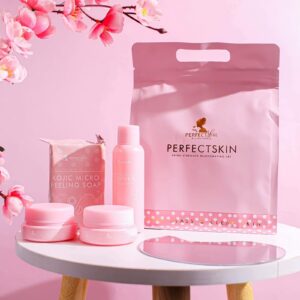 Perfect Skin Extra Strength Rejuvenating SetKD7.000
Perfect Skin Extra Strength Rejuvenating SetKD7.000 -
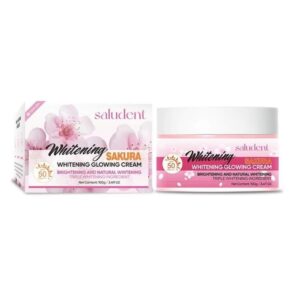 saludent, Whitening Sakura Whitening Glow Cream SPF50 100gKD6.000
saludent, Whitening Sakura Whitening Glow Cream SPF50 100gKD6.000 -
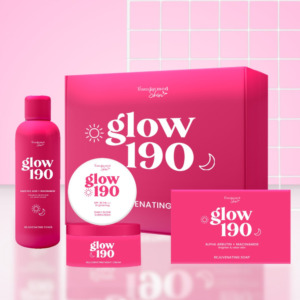 Glow 190 Rejuvenating Set by Transformed SkinKD8.000
Glow 190 Rejuvenating Set by Transformed SkinKD8.000 -
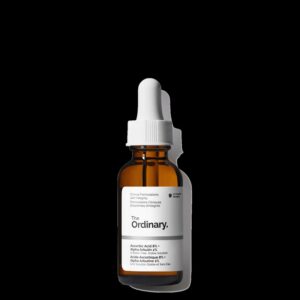 The Ordinary Ascorbic Acid 8% + Alpha Arbutin 2% Serum 30mLKD6.000
The Ordinary Ascorbic Acid 8% + Alpha Arbutin 2% Serum 30mLKD6.000 -
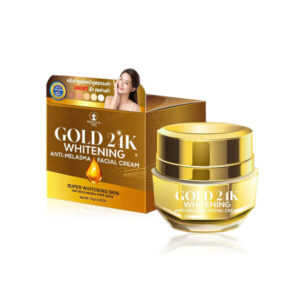 Precious Skin Gold 24K Whitening Anti-Melasma Facial Cream 15gKD2.450
Precious Skin Gold 24K Whitening Anti-Melasma Facial Cream 15gKD2.450 -
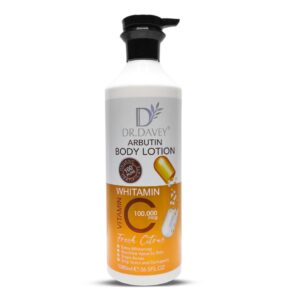 Dr. Davey Arbutin Body Lotion – 1080mlKD4.500
Dr. Davey Arbutin Body Lotion – 1080mlKD4.500 -
Product on sale
 Dark Spot Correcting Glow Cream 50mLOriginal price was: KD10.000.KD6.000Current price is: KD6.000.
Dark Spot Correcting Glow Cream 50mLOriginal price was: KD10.000.KD6.000Current price is: KD6.000. -
 Dr. Davey Skin Whitening Face Cream – 50gKD3.990
Dr. Davey Skin Whitening Face Cream – 50gKD3.990 -
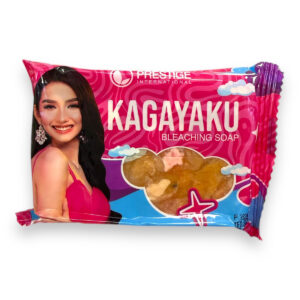 Prestige Kagayaku Bleaching Soap 75gKD2.000
Prestige Kagayaku Bleaching Soap 75gKD2.000
Kojic Acid Products
-
 Perfect Skin Extra Strength Rejuvenating SetKD7.000
Perfect Skin Extra Strength Rejuvenating SetKD7.000 -
 Brilliant Skin Lightening Natural Care Body Lotion – 600mlKD4.000
Brilliant Skin Lightening Natural Care Body Lotion – 600mlKD4.000 -
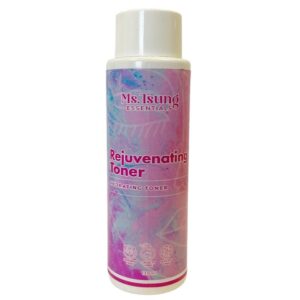 Ms.Tsung Rejuvenating Toner 120mlKD3.990
Ms.Tsung Rejuvenating Toner 120mlKD3.990 -
 Precious Skin Gold 24K Whitening Anti-Melasma Facial Cream 15gKD2.450
Precious Skin Gold 24K Whitening Anti-Melasma Facial Cream 15gKD2.450 -
 Dr.Davey Kojic Body Lotion All Day Hydrating & Smoothing – 300mlKD2.490
Dr.Davey Kojic Body Lotion All Day Hydrating & Smoothing – 300mlKD2.490 -
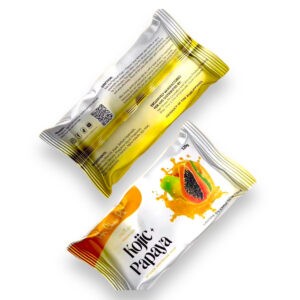 Her Choice Kojic Papaya Soap 120gKD2.500
Her Choice Kojic Papaya Soap 120gKD2.500 -
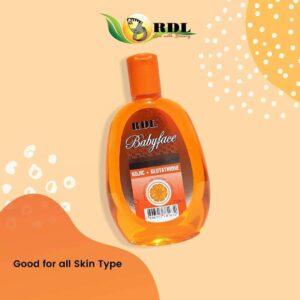 RDL Babyface Facial Cleanser with Kojic + Glutathione 250mLKD2.000
RDL Babyface Facial Cleanser with Kojic + Glutathione 250mLKD2.000 -
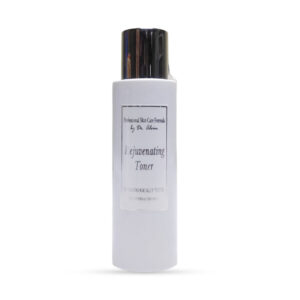 Dr. Alvin Rejuvenating Toner 120mlKD4.000
Dr. Alvin Rejuvenating Toner 120mlKD4.000 -
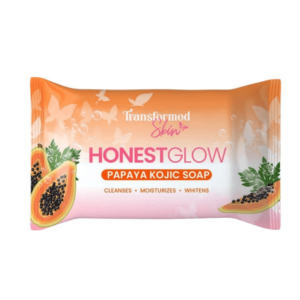 Honest Glow Papaya Kojic Soap – 70gKD2.500
Honest Glow Papaya Kojic Soap – 70gKD2.500

